Is All Cheese Bad For You?
 Like other types of dairy, cheese provides vitamin A, calcium, healthy fat and protein. Also like other types of dairy products, it’s even better if the milk comes from cows that are grass-fed and organic. There’s a growing body of evidence that questions the benefits and whether cheese is bad for you that considers other factors, like the amount of cheese you eat. For instance, it’s high in fat, so overindulgence can pack on the pounds. Some types of cheese are also better for you than others are.
Like other types of dairy, cheese provides vitamin A, calcium, healthy fat and protein. Also like other types of dairy products, it’s even better if the milk comes from cows that are grass-fed and organic. There’s a growing body of evidence that questions the benefits and whether cheese is bad for you that considers other factors, like the amount of cheese you eat. For instance, it’s high in fat, so overindulgence can pack on the pounds. Some types of cheese are also better for you than others are.
Cheese is made from milk that has added salt, good bacteria and an enzyme, rennet.
There are eight different types of cheese and within those categories, many variations. Fresh cheese is one that’s ready to eat and doesn’t require aging. They include cottage cheese and ricotta. Mild semi-soft cheese is aged from a few days to a few months. These include Monterey Jack and Havarti. Soft ripened cheese gets softer with age and include Brie and Camembert. American or French goat cheese are surface-ripened. The outside is a rind with the interior soft or runny. Semi-hard cheese is the broadest category and include Swiss, cheddar and Colby. Hard cheeses are well aged and include Gouda and Parmigiano-Reggiano. Blue cheese is easy to recognize and includes Roquefort and Gorgonzola. Washed rind cheese, the final category, have an orange-pinkish rind from being washed with brine, beer or other alcohol. Limburger and Muenster are in that group.
There are some cheeses that even lactose intolerant people can eat and ones that are better for dieters.
The longer cheese is aged, the less lactose it contains, so it doesn’t have the same effect on those that are lactose intolerant. Muenster, Camembert, Brie, cheddar, Provolone, Gouda, Blue, Parmesan and Swiss are the ones with the least amount of lactose. If you’re trying to lose weight, cheese with higher calories include Parmesan, Cheddar, Monterey Jack, Fintina and Romano. Those that are lower in calories per serving include Mozzarella. Feta and goat cheese. The healthiest types of cheese include Mozzarella, blue cheese, Feta, cottage cheese, Swiss cheese, Ricotta and goat cheese.
It’s not always the cheese that’s the unhealthy part of the food.
Cheese is often used in dishes that aren’t the healthiest. It tops loaded fries, pizza and other high calorie, not so healthy foods. Not all cheese is real cheese. For instance, those American cheese slices people often use are really cheese food. They contain additives to give them a longer shelf life. In fact, those additives are over half the ingredients of the product.
- Some of those additives include sodium phosphate, sorbic acid and calcium phosphates. Calcium phosphates increase the firmness of the cheese. Calcium phosphates also are used in fertilizers.
- If you’re going to eat cheese, eat full fat cheese. Low fat cheese has other additives to make it taste good. It also is missing the healthy fat that keeps you feeling fuller and provides benefits for your body.
- If you want shredded cheese, do it yourself. Don’t buy the pre-shredded kind. In order to keep from clumping, manufacturers use additives to prevent that. Shredded cheese is also subject to mold quicker. Block cheese is cheaper, lasts longer and you can freeze it.
- Cheese made from the milk of grass fed cows is healthier. It contains more conjugated linoleic acid (CLA), which makes it heart healthier. It also contains more omega-3 fatty acids and the optimal ratio of omega-3 to omega-6.
For more information, contact us today at Next Level Fitness

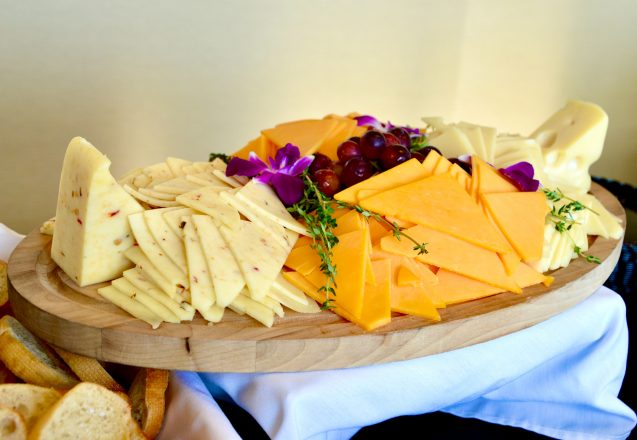
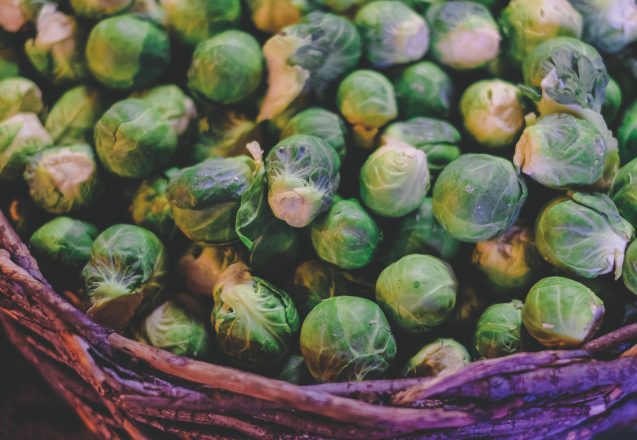
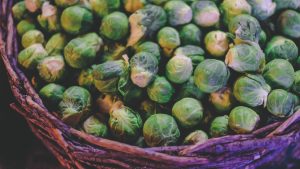 You may have turned your nose up when your mother served Brussels sprouts or held your nose and ate one if she insisted. These little miniature cabbages have a far stronger smell when cooked, so many children act the same. Like cabbage, they’re a member of the Brassicaceae family. Just like cabbage, there are many benefits of Brussels sprouts that can help you stay healthier.
You may have turned your nose up when your mother served Brussels sprouts or held your nose and ate one if she insisted. These little miniature cabbages have a far stronger smell when cooked, so many children act the same. Like cabbage, they’re a member of the Brassicaceae family. Just like cabbage, there are many benefits of Brussels sprouts that can help you stay healthier.
 It’s getting warmer and that means beach weather is just around the corner. If you’re out of shape, you’ll miss out on a lot of the fun. It takes energy to keep up with all the summer activities and of course, you want a beach ready body, too. You can start today to get ready for summer by making a few changes and sticking with a fitness program and program of healthy eating. If you’re completely out of shape, you need to start slowly and work toward peak intensity. This is the perfect time of year to start eating healthy, since fresh fruits and vegetables are readily available.
It’s getting warmer and that means beach weather is just around the corner. If you’re out of shape, you’ll miss out on a lot of the fun. It takes energy to keep up with all the summer activities and of course, you want a beach ready body, too. You can start today to get ready for summer by making a few changes and sticking with a fitness program and program of healthy eating. If you’re completely out of shape, you need to start slowly and work toward peak intensity. This is the perfect time of year to start eating healthy, since fresh fruits and vegetables are readily available.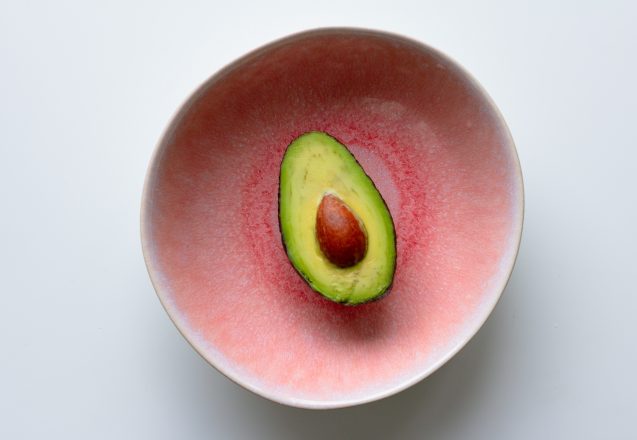
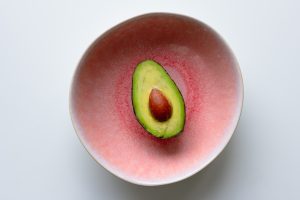 There’s a reason we offer meal planning and nutrition help at Next Level Fitness in Irvine, CA. It’s because part of getting fit means eating healthier. That includes eating high fiber foods. High fiber foods contain two classifications of fiber. There is soluble fiber, which dissolves in water and creates a gel. The gel feeds the friendly microbes in your digestive tract, who in turn, help digest food, while also providing many other benefits. The other type of fiber is insoluble fiber. It doesn’t dissolve but adds bulk to your diet.
There’s a reason we offer meal planning and nutrition help at Next Level Fitness in Irvine, CA. It’s because part of getting fit means eating healthier. That includes eating high fiber foods. High fiber foods contain two classifications of fiber. There is soluble fiber, which dissolves in water and creates a gel. The gel feeds the friendly microbes in your digestive tract, who in turn, help digest food, while also providing many other benefits. The other type of fiber is insoluble fiber. It doesn’t dissolve but adds bulk to your diet.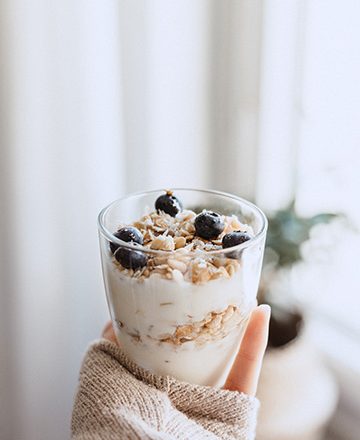
 It’s not a secret that a walk after a big meal can aid digestion. It’s the mild exercise and movement that prevents gas build up and helps food pass through the digestive system. It’s one reason certain yoga poses can help. The gentle movements of yoga has been used for thousands of years to bring health benefits and connect the mind and body. It stimulates the rest-and-digest system known as the parasympathetic nervous system.
It’s not a secret that a walk after a big meal can aid digestion. It’s the mild exercise and movement that prevents gas build up and helps food pass through the digestive system. It’s one reason certain yoga poses can help. The gentle movements of yoga has been used for thousands of years to bring health benefits and connect the mind and body. It stimulates the rest-and-digest system known as the parasympathetic nervous system.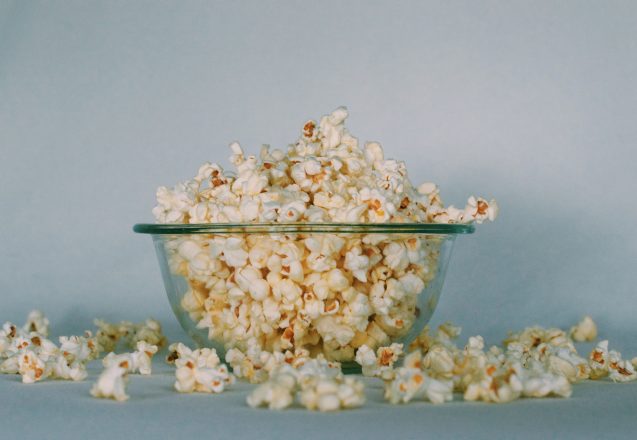
 What are trans fats? They’re partially hydrogenated oil and at one time were touted as healthy. Crisco is probably one of the best known hydrogenated vegetable oils. It came to market in 1911 and was touted as healthy, since it was made of vegetable oil. Even up to the 1980s, people promoting healthy living promoted the oils containing trans fats. Burger King’s switch to partially hydrogenated oils—trans fats—was described by the Center for Science in Public Interest as a “great boon to Americans’ arteries,” but by 2018 the FDA banned the fats in the USA. Crisco has changed its formula to remove most trans fats.
What are trans fats? They’re partially hydrogenated oil and at one time were touted as healthy. Crisco is probably one of the best known hydrogenated vegetable oils. It came to market in 1911 and was touted as healthy, since it was made of vegetable oil. Even up to the 1980s, people promoting healthy living promoted the oils containing trans fats. Burger King’s switch to partially hydrogenated oils—trans fats—was described by the Center for Science in Public Interest as a “great boon to Americans’ arteries,” but by 2018 the FDA banned the fats in the USA. Crisco has changed its formula to remove most trans fats.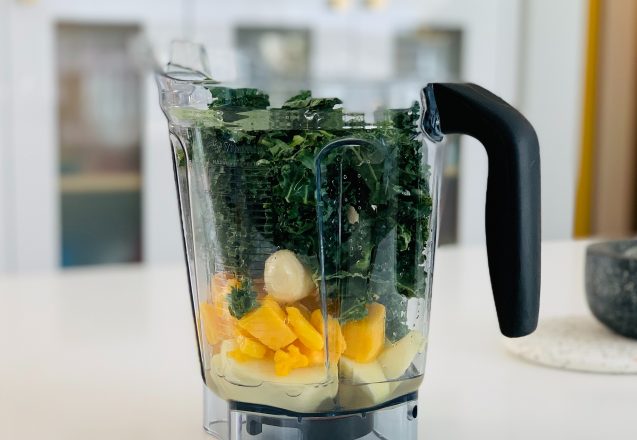
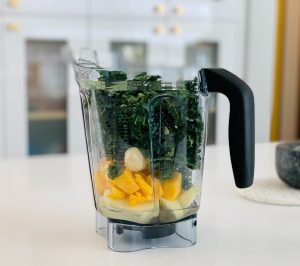 There are a lot of different fads people in Irvine, CA, try for their health and to lose weight. A juice cleanse is one of those. People who swear by juice cleanses for health say it detoxes the body, removing harmful chemicals. It also gives your digestive system a rest. Others who are trying to lose weight consider a juice cleanse a good way to start a diet.
There are a lot of different fads people in Irvine, CA, try for their health and to lose weight. A juice cleanse is one of those. People who swear by juice cleanses for health say it detoxes the body, removing harmful chemicals. It also gives your digestive system a rest. Others who are trying to lose weight consider a juice cleanse a good way to start a diet.
 If you aren’t sure what macros are, how are you going to count macros? The term macros is an abbreviated way of saying macronutrients. It’s a way of categorizing protein, fat and carbohydrates. Micronutrients, on the other hand, are minerals, vitamins and phytonutrients. While there’s still debate whether counting macros and focusing on how much you eat of each is the best way to lose weight, it does work and helps you lose fat and build muscles in the process.
If you aren’t sure what macros are, how are you going to count macros? The term macros is an abbreviated way of saying macronutrients. It’s a way of categorizing protein, fat and carbohydrates. Micronutrients, on the other hand, are minerals, vitamins and phytonutrients. While there’s still debate whether counting macros and focusing on how much you eat of each is the best way to lose weight, it does work and helps you lose fat and build muscles in the process.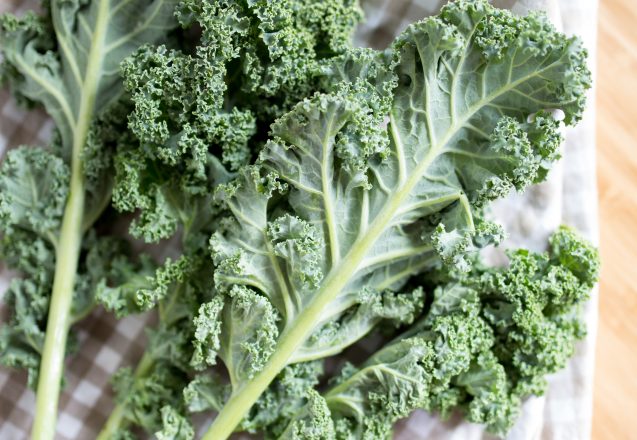
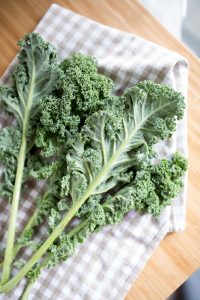 Did you know there are many different varieties of kale used in Irvine, CA? That ornamental kale you see in planters and on salad bars are different varieties than the ones you eat, but still edible. Even within the edible varieties, there are huge differences in flavor and appearance. For instance, red kale tastes milder than curly kale, and they both look and taste different than walking stick kale. What do they all have in common? It’s the health benefits of kale.
Did you know there are many different varieties of kale used in Irvine, CA? That ornamental kale you see in planters and on salad bars are different varieties than the ones you eat, but still edible. Even within the edible varieties, there are huge differences in flavor and appearance. For instance, red kale tastes milder than curly kale, and they both look and taste different than walking stick kale. What do they all have in common? It’s the health benefits of kale.